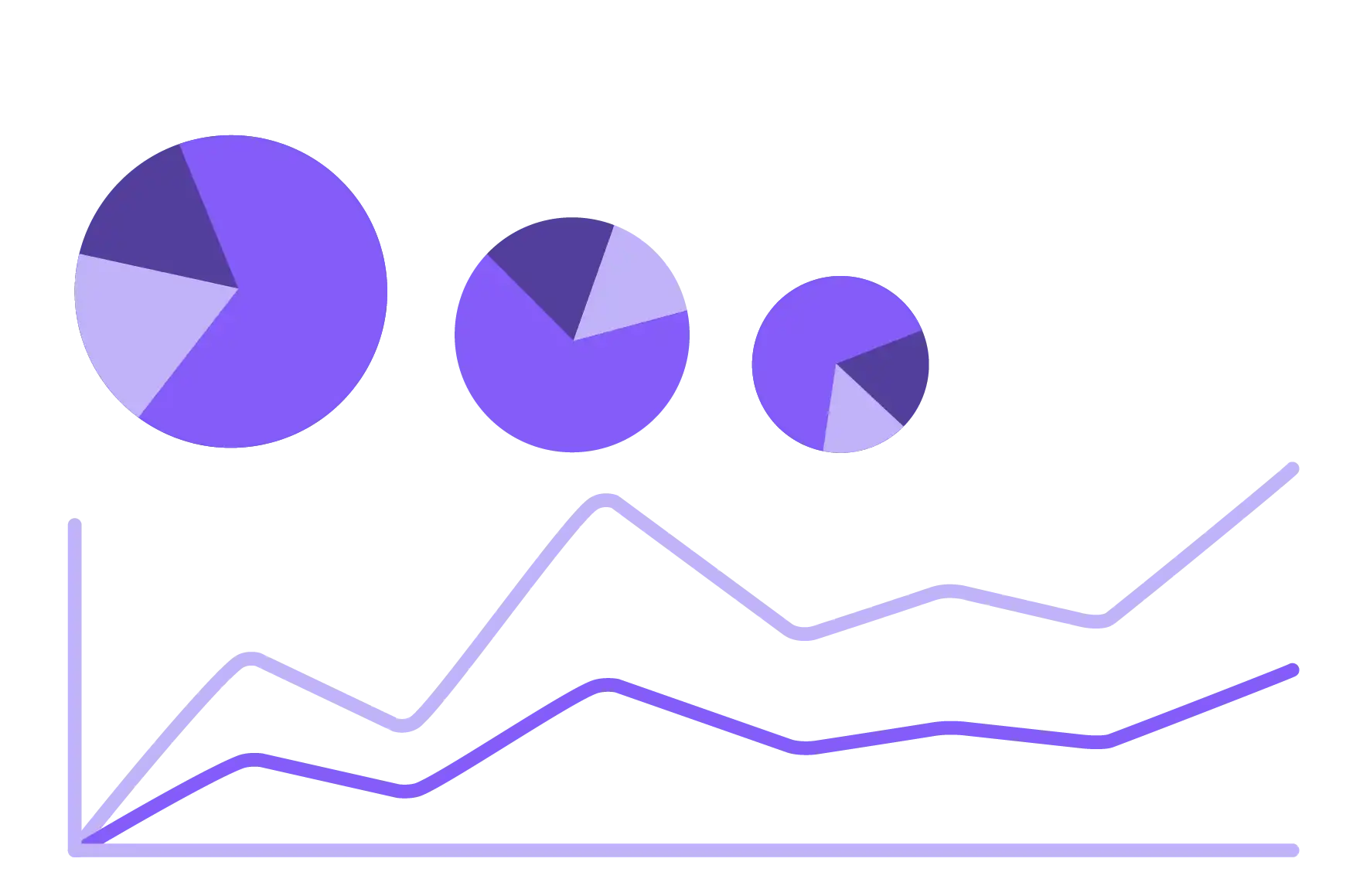Six Fingers, 6 of 8

Six Fingers
Knowing our numbers
Do you have a habit of setting measurable goals for yourself?
Great - continue to learn more about measuring the right things.
Try again!
We are a data-driven business and we make fact-based decisions.

We are a data-driven business, and we make fact-based decisions. By setting KPIs, we measure performance, gain insights, benchmark and act on poor performance.
But we know that numbers only become valuable when they are understood and shared within the company and sharing too many numbers can create confusion. Therefore, we make sure to keep it simple and focus only on the most important drivers for results.
We only measure a limited number of KPIs and provide clear definitions of them. Next, it’s important that everyone understands what they stand for and why we follow up on them. By implementing these KPIs globally across all levels, we establish a global common language for performance.
Truly understanding the numbers means knowing the main direction we intend to take when making decisions or implementing projects, but it also means paying attention to details.
We need to dig deeper and really understand the main drivers of our performance for each KPI. This helps us make sounder decisions and perform smarter.
When it comes to measuring employee performance, we understand the importance of ownership and accountability. Therefore, we only measure you on what you can influence and are responsible for. This allows us to keep individual goals current and aligned with company goals, and also gives us the opportunity to catch any problems early on.
Actively managing our portfolio for performance is one of our highest priorities.
Much of our income comes from our portfolio business with recurring revenues. As a result, actively managing our portfolio for performance becomes one of our highest priorities and involves two fundamental underlying processes.
The first one involves assessing the performance and profitability of our contracts on an ongoing basis. Where the profitability is low, we take swift action to improve it. If improvement is not possible, we terminate the contract.
The second process focuses on price, production cost, and wages. Our prices should properly reflect production costs and capture the value we create.
What are our financial measures?

At the very highest level, we measure sales, with a focus on recurring revenue; our efficiency; and if we get paid on time, which is also a key indicator of our service level to our clients. Our long-standing model for measuring our financial performance is the six fingers model and has formed the foundation for our financial performance framework for many years. Global implementation ensures it continues as a strong measuring tool for the entire group.
Our original six fingers model represents our way of measuring and optimizing our performance in our guarding business and has been very successful for us. This data-driven approach uses a limited number of key financial metrics and common terminology across all levels and geographies of the company. Each finger represents an essential factor in creating financial efficiency and value, which helps create a shared understanding and provides a clear focus we then use to achieve our targeted results.
It is important that the KPIs are built around the specifics of the business and reflect the specialization principle. As our business and solutions evolve with technology, we adapt and develop the six fingers model further, following the same core principles, but using different KPIs that reflect our business growth.
Regardless of what business area we measure, the KPIs within each “finger” must have a clear owner responsible for timely, relevant and accurate reporting. The results enable fact-based decision-making on the frontline as we conduct our day-to-day guarding business, as well as identifying where to focus in the mid- to long-term to accomplish even greater results.
Financial success follows from other KPIs.
Equally important is knowing your numbers outside the P&L. Each part of our business has a set of operational metrics, like sickness rates, unpaid overtime overdue invoices or return on investment on our IT infrastructure, and each leader must fully understand and actively work to manage these metrics.
Our most successful leaders stay on top of all their numbers, all the time. In addition, we know from experience that sustainable, good financial performance strongly correlates with other KPIs. If we have happy clients and happy employees, our way of working will be sustainable.
This is why we also measure client satisfaction, employee engagement and a number of sustainability metrics. If we perform well in these areas, positive financial results will follow much more easily, and have a lasting impact beyond a few quarters.

Take a few minutes to reflect on the following questions:
What are the most important KPIs to deliver results in your role, i.e. your “six fingers”?
How do you use data and KPIs in your daily work?
What is your most important non-financial metric?
Six Fingers
Now you know the importance of knowing our numbers